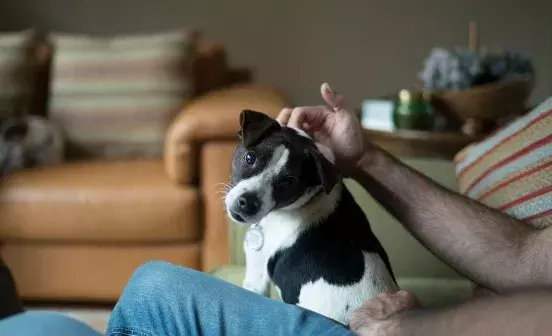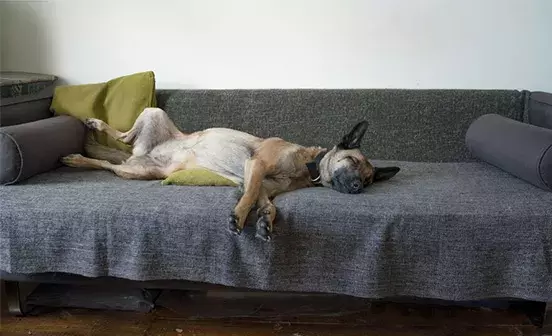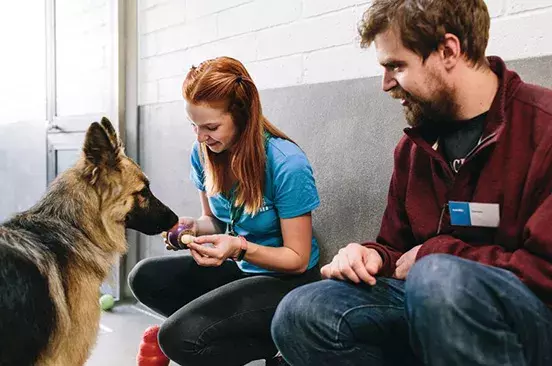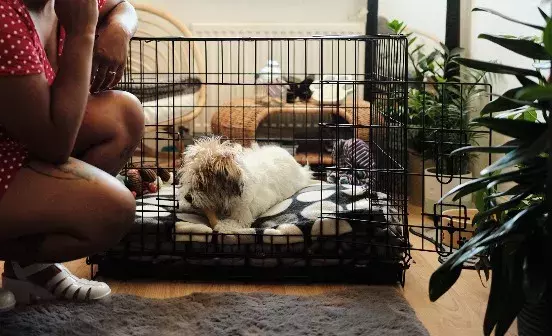Whether you’re bringing home a puppy or an adult dog, the key to toilet training is to form good habits as soon as possible.
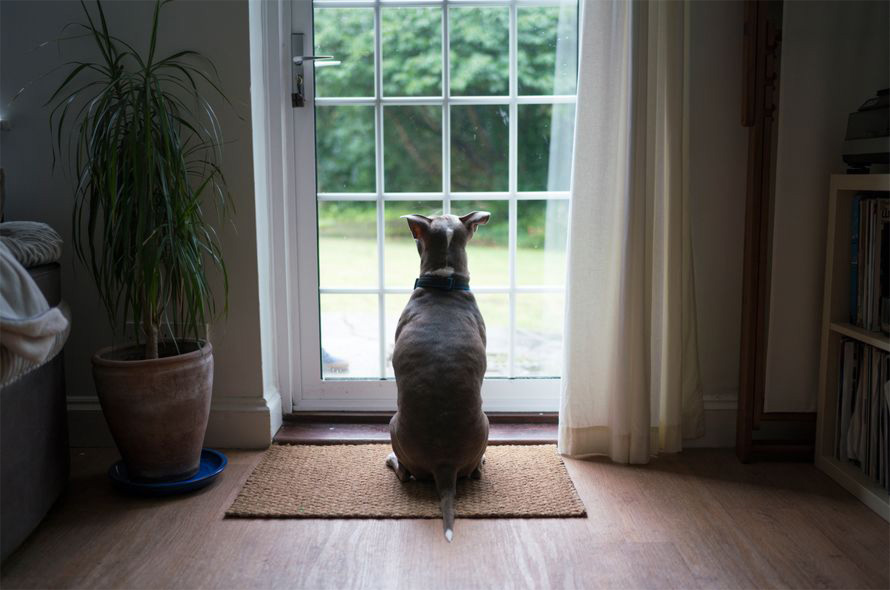
Accidents are natural as they settle, so you’ll need to be patient and give them time to adjust. Some dogs will settle quickly into a routine, while others may need more time and support. If the accidents continue or you’re concerned for any reason, it’s a good idea to get in touch with your vet who will be able to rule out any medical issues.
Here are our tips to help toilet train your new puppy or dog. You can follow along with the steps using this video, and they are also written out below.
Step 1 - Look out for the signs they need the toilet
While it will probably be quite obvious when your dog has had an accident, you can also look out for the tell-tale signs and redirect them before it happens. If you notice your dog doing any of the following, quickly but calmly get their attention and take them outdoors.
- Pacing, panting, circling, whining, barking or general restlessness.
- Sniffing the ground, lowered body posture, curving to the ground/squatting.
- Going to the door.
Some of these signs might be more obvious than others, so try not to worry if you don’t catch them every time. If they do have an accident, stay calm, and clean the area. We would recommend either an enzymatic cleaner, following all the instructions, or a dilution of 1:9 biological washing powder to warm water. We wouldn’t recommend household disinfectants as they contain ammonia and the smell may encourage your dog to go to the toilet in the same area again.
Remember, you should never punish your dog for accidents. This could stress them out, and they may become fearful of you or even scared of going to the toilet and become secretive about it instead.
Step 2 – Figure out where is best for them to go
Knowing the kind of surface your dog prefers to go to the toilet on will really help with house training. You should be able to find this out from the rescue centre or breeder you got your new pet from. Some examples of different surfaces, also known as substrates, include:
- Paper
- Cement
- Gravel
- Puppy pads
- Towels
- Carpet
- Different lengths of grass
Some dogs or puppies may be used to going on the floor, or their bedding, so it can be a good idea to take up any rugs or block access to carpeted areas if possible, just while they’re learning. Equally, some dogs may only go to the toilet on walks, so make sure to give your dog frequent toilet breaks outside for the first few weeks as you both adjust to the new routine.
Step 3 - Establish a Routine
Consistency is key when settling in a new dog and establishing good habits. A clear routine will help your dog grow in confidence and feel more secure, which will make them less anxious and therefore less likely to go to the toilet in the wrong place. While your dog is building up their bladder control, we would recommend taking your dog out around the following times:
- When they wake up – first thing in the morning and after any naps during the day.
- After eating and after drinking.
- After a period of activity – e.g. after playtime or zooming around.
- Before bedtime – try to make their last trip outside as late as you can.
As well as this, it’s a good idea to give your new dog plenty of opportunities to go outside during the day to maximise the chances of them going to the toilet in the right place. If your dog is a puppy, they will need significantly more toilet breaks throughout the day than an adult dog. We would advise taking them out roughly every hour to make sure you give them the opportunity to go to the toilet in the right place.
Step 4 – Making the Routine stick
To begin with, your dog might not immediately associate being in the garden with going to the toilet. If they don’t go straight away, it’s a good idea to sit down, make yourself completely uninteresting, and ignore them for a bit. Your dog will likely get bored and start sniffing around, which will increase the chances of them going to the toilet. If they haven’t done anything after 10-15 minutes, take them back inside and keep an eye out for any signs so that you can take them out again if needed.
When they do go to the toilet outside, in the right place, you should give them some gentle praise and a little fuss (if that’s what they like) We wouldn’t recommend using treats, as some dogs may take this as a sign that going to the toilet anywhere will result in a tasty reward!
If your dog responds particularly well to verbal cues you could also try introducing a phrase like “wee wees” and say it every time they go to the toilet in the right place. Eventually your dog will associate that phrase with going to the toilet, which should help speed up the process.
Remember, if your dog does have an accident inside, stay calm and don’t punish them. Toilet training your puppy or dog is a time of trial and error, but by putting in the time and effort, you should be helping them to form the correct habits. If you’re worried, or the accidents continue, we would recommend that you get in touch with your vet who will be able to help.
Further tips to help with toilet training:
- Keep a quick log for the first few days to spot patterns.
- If they doesn’t go right away, stay outside for at least 10 minutes and act really boring. Sit down, don’t make eye contact - the less interesting you are, the more they focus on the job. Be patient.
- Still nothing? Head back in but keep an eye on them and try again in 5-10 minutes.
- If you know the surface they’re used to (grass, gravel, puppy pads, etc.), it really helps to stick with that initially.
Thinking about using puppy pads?
Puppy pads can be helpful but think of them like stabilisers on a bike. Handy for a while, but the sooner your puppy is going outside, the better.
When pads might make sense:
- You live in a flat or high-rise.
- You don’t have a garden.
- You’re waiting for vaccinations.
- Or you just need a back-up at night.
If you can get your puppy outside regularly, do it - it’s a lot easier for them to understand where the toilet actually is.
If you’re using pads, here’s how to make them work:
- Pick one quiet spot and stick with it.
- Don’t scatter pads all over the house.
- Keep an eye out for sniffing, circling, or pacing, and gently guide them onto the pad.
- Give praise straight away when they go, even if it’s not perfect.
- Misses? No big deal - just clean up calmly and try again.
Have a garden? Even better:
- Take them outside from day one, pads are just a back-up.
- Keep the pad near the door so it still links to going outside.
- Save the big praise and treats for outdoor wees - that’s the real learning.
Once they’re having fewer accidents, it’s time to lose the pad. You can either stop replacing them or try putting one just outside the back door (if that’s safe). From there, just keep up the routine.
